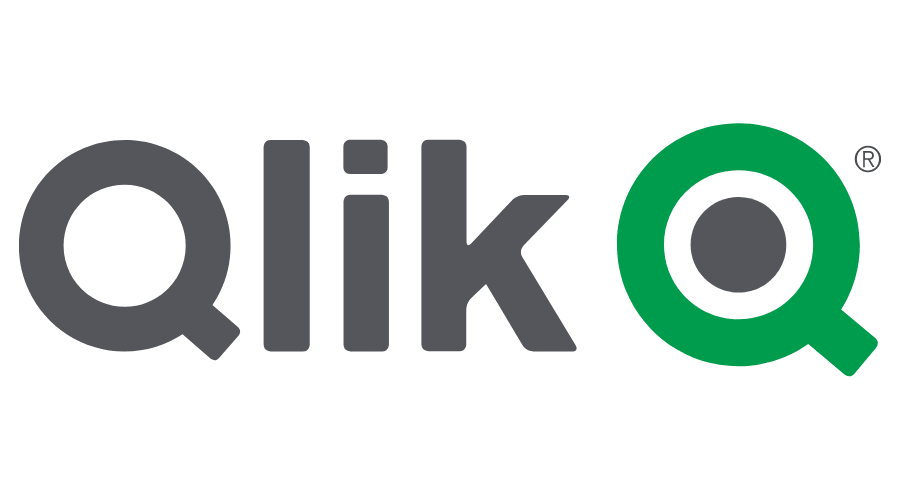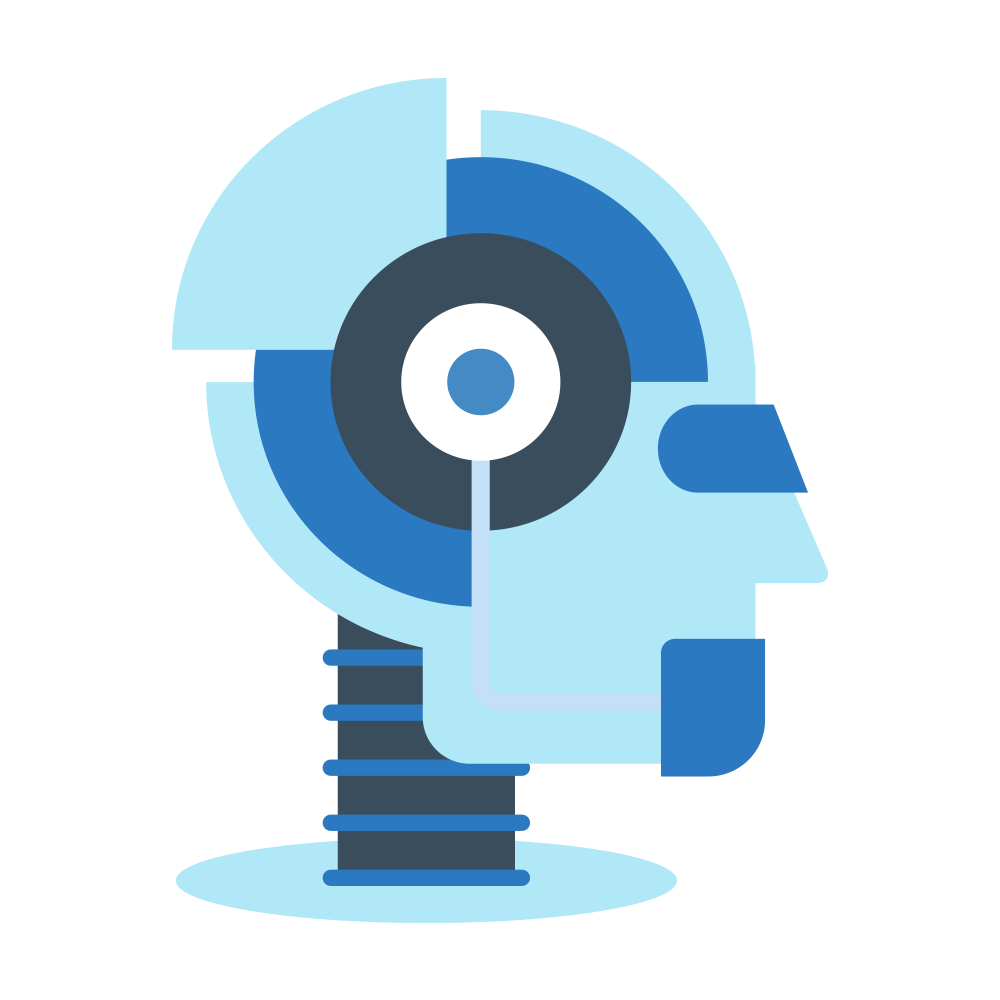Engage success with right technology decision-making

IBM has a large and diverse portfolio of products and services. As of 2016, these offerings fall into the categories of cloud computing, Artificial intelligence, commerce, data and analytics, Internet of Things (IoT), IT infrastructure, mobile, Digital workplace and security.
IT outsourcing also represents a major service provided by IBM, with more than 60 data centers worldwide. AlphaWorks is IBM's source for emerging software technologies, and SPSS is a software package used for statistical analysis.
Integration
You can use IBM Integration Bus to connect applications together, regardless of the message formats or protocols that they support.
This connectivity means that your diverse applications can interact and exchange data with other applications in a flexible, dynamic, and extensible infrastructure. IBM Integration Bus routes, transforms, and enriches messages from one location to any other location:
- The product supports a wide range of protocols: WebSphere® MQ, JMS 1.1 and 2.0, HTTP and HTTPS, web services (SOAP and REST), File, Enterprise Information Systems (including SAP and Siebel), and TCP/IP.
- It supports a broad range of data formats: binary formats (C and COBOL), XML, and industry standards (including SWIFT, EDI, and HIPAA). You can also define your own data formats.
- It supports many operations, including routing, transforming, filtering, enriching, monitoring, distribution, collection, correlation, and detection.
Business Intellegence
Business intelligence (BI) is an umbrella term for the technology that enables data preparation, data mining, data management, and data visualization. Business intelligence tools and processes allow end users to identify actionable information from raw data, facilitating data-driven decision-making within organizations across various industries.
AI/ML
Machine learning Machine learning offers potential value to companies trying to leverage big data and helps them better understand subtle changes in behavior, preferences or customer satisfaction. Business leaders are beginning to appreciate that many things happening within their organizations and industries can’t be understood through a query. It isn’t the questions that you know; it’s the hidden patterns and anomalies buried in the data that can help or hurt you.
Artificial intelligence enables computers and machines to mimic the perception, learning, problem-solving, and decision-making capabilities of the human mind.
Think of artificial intelligence as the entire universe of computing technology that exhibits anything remotely resembling human intelligence. AI systems can include anything from an expert system—a problem-solving application that makes decisions based on complex rules or if/then logic—to something like the equivalent of the fictional Pixar character Wall-E, a computer that develops the intelligence, free will, and emotions of a human being.

Informatica's product is a portfolio focused on data integration: extract, transform, load, information lifecycle management, business-to-business data exchange, cloud computing integration, complex event processing, data masking, data quality, data replication, data virtualization, master data management, ultra messaging, and data governance. These components form a toolset for establishing and maintaining data warehouses. In 2006, Informatica announced a "cloud business".

Cloud Data Integration
Build a cloud data warehouse on any of the leading cloud platforms or maintain one on-premises. Get up and running fast by connecting to on-premises data sources and cloud applications, and seamlessly integrate high volumes of data.

Cloud Application Integration
Integrate Salesforce, Microsoft Azure, and Amazon Web Services applications, as well as on-premises applications, services, and messaging systems. Use Informatica Cloud Application to automate processes and expedite transactions.

Tableau is a visual analytics platform transforming the way we use data to solve problems—empowering people and organizations to make the most of their data.
Tableau is greatly used because data can be analyzed very quickly with it. Also, visualizations are generated as dashboards and worksheets. Tableau allows one to create dashboards that provide actionable insights and drives the business forward. Tableau products always operate in virtualized environments when they are configured with the proper underlying operating system and hardware. Tableau is used to explore data with limitless visual analytics.
- Tableau helps people and organizations be more data-driven
- Tableau disrupted business intelligence with intuitive, visual analytics for everyone
- Tableau helps people drive change with data

Qlik helps enterprises around the world move faster, work smarter, and lead the way forward with an end-to-end solution for getting value out of data. Our platform is the only one on the market that allows for open-ended, curiosity-driven exploration, giving everyone – at any skill level – the ability to make real discoveries that lead to real outcomes and transformative changes. And you get the freedom to use our cloud or any cloud you choose.
What Qlik Belives In:
- We believe data should be explored, not just queried
- We believe in the multiplier effec
- We believe in getting all the data to all the people

Machine Learning (ML) is a subset of Artificial Intelligence. ML is a science of designing and applying algorithms that are able to learn things from past cases. If some behaviour exists in past, then you may predict if or it can happen again. Means if there are no past cases then there is no prediction.
Machine learning is the study of computer algorithms that improve automatically through experience. It is seen as a subset of artificial intelligence.
Model Development
In AI/ML, a model replicates a decision process to enable automation and understanding. AI/ML models are mathematical algorithms that are “trained” using data and human expert input to replicate a decision an expert would make when provided that same information. Ideally, the model should also reveal the rationale behind its decision to help interpret the decision process (though frequently that is challenging).
Model Tuning
Tuning is usually a trial-and-error process by which you change some hyperparameters (for example, the number of trees in a tree-based algorithm or the value of alpha in a linear algorithm), run the algorithm on the data again, then compare its performance on your validation set in order to determine which set of hyperparameters results in the most accurate model.